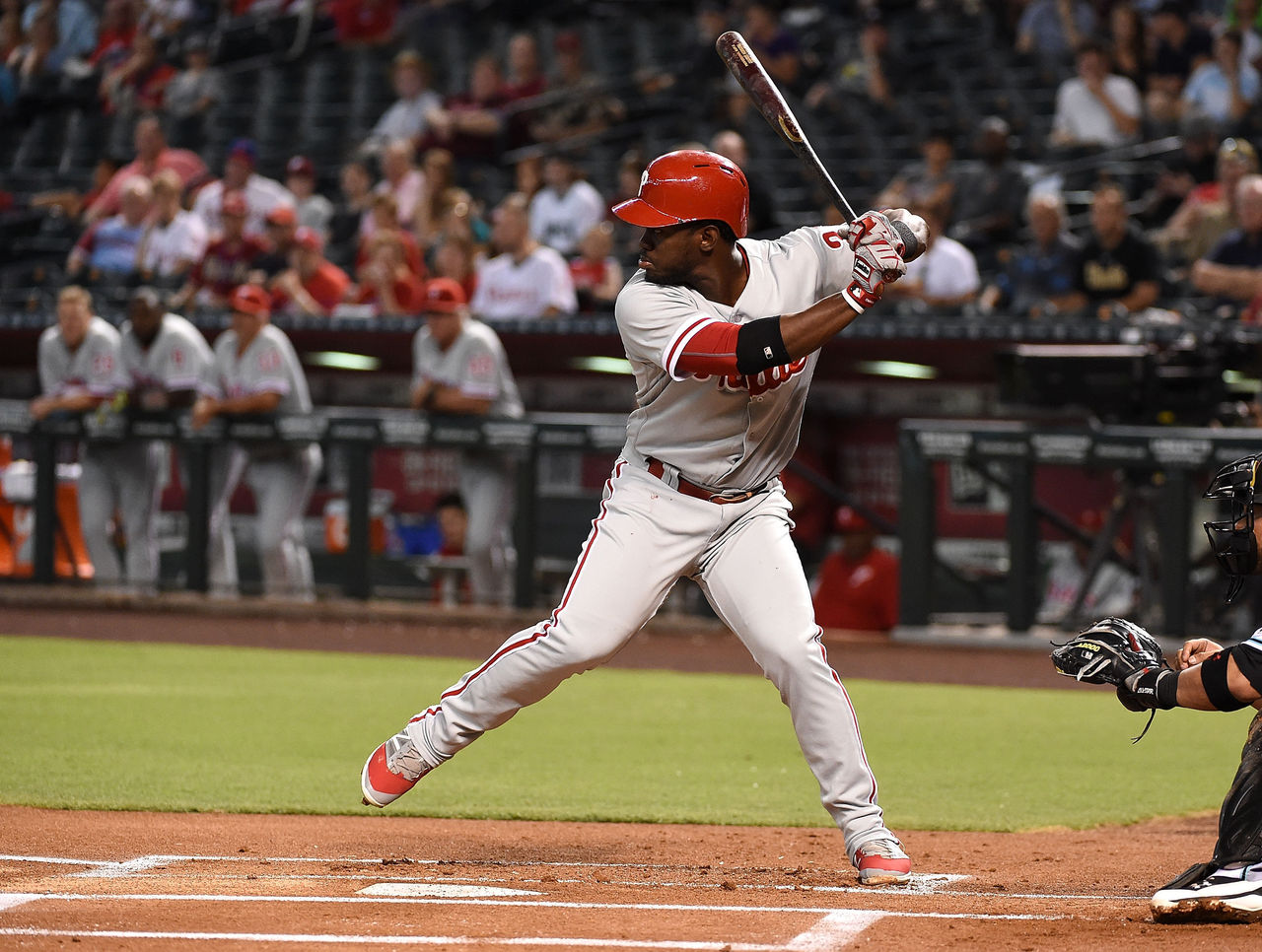Should cash game and tournament lineups be that different?
Follow theScore's fantasy feed on Twitter (@theScoreFantasy) for the latest news, features and more.
In daily fantasy baseball, contest types broadly fall into two categories: cash games and tournaments. Knowing their differences is crucial to lineup construction.
Differences between contest types
A cash game (also known as a 50-50 or double-up contest) is where the top half of players in the standings roughly double their entrance fee, less a small percentage for the contest site.
In a tournament (or guaranteed prize pool) format, a very small group of players at the top in the standings receive a disproportionate amount of the winnings. These contests typically see a very large pool of entrants -- sometimes thousands. The payout can be vast but so are the chances of walking away empty-handed.
The different payout structures are what necessitate a distinct approach to each format. The shallower pools in cash games place emphasis on having a safe lineup, while the deeper contest pools encourage risk-taking. That gives a good idea of which players to target.

Target on-base skills in cash games
Here's a sample lineup of types of players I would want in a cash-game lineup on Squad Up:
| POS | PLAYER | TEAM |
|---|---|---|
| P | John Lackey | Chicago Cubs |
| C | J.T. Realmuto | Miami Marlins |
| 1B/3B | Paul Goldschmidt | Arizona Diamondbacks |
| 2B/SS | Brandon Crawford | San Francisco Giants |
| OF | Odubel Herrera | Philadelphia Phillies |
Start by building your lineup around a safe pitcher. It's nearly impossible to win a cash game if your pitcher gives up six runs and is chased halfway through the second inning.
Lackey gets great run support, has a stellar defense backing him up, and ranks among the leaders in quality starts most seasons. Like every mid-tier pitcher, there will be an occasional blowup, but you generally know what you're getting. That's the baseline for an acceptable cash game pitcher.
Then, fill your lineup with hitters with great on-base ability. Each batter in the sample cash-game lineup above has a relatively high OBP. Preferably, aim for batters that hit toward the top of the lineup to maximize their plate appearances.
You can usually afford a star player -- like a Goldschmidt -- that combines on-base skills with power but there's value in balance. If everyone gets on base twice, that floor will allow your lineup to remain competitive, even if one of your steady bats has an off-night. There's no need to swing for the fences when the go-ahead run is on third base.
On the other hand...

Target dynamism in tournaments
Tournament lineups encourages high-risk, high-reward lineups. Nailing your pitcher is even more important. If you miss out on the day's top performer, your chances of placing well are slim.
The same goes for batters: if one slugger has a three-HR, eight-RBI game and you don't own him, you're toast. In fact, even if each of your batters has a great all-around game, you're going to lose to the owner that lucked out with multiple multi-HR hitters. That's why you have to aim high.
The contrarian angle is the best way to stand out from the pack. That means embracing risk. Here's a hypothetical tournament lineup that fits the bill:
| POS | PLAYER | TEAM |
|---|---|---|
| P | Chris Archer | Tampa Bay Rays |
| C | Mike Zunino | Seattle Mariners |
| 1B/3B | Miguel Sano | Minnesota Twins |
| 2B/SS | Adam Rosales | San Diego Padres |
| OF | Curtis Granderson | New York Mets |
Pitchers who attack the plate are susceptible to giving up hits but also tend to rack up strikeouts. Archer tallied double-digit strikeouts on six occasions in 2016, boasting the sixth-highest K/9 of all qualified pitchers. His approach also led to an ERA of 4.02; he was far from unhittable.
Similarly, target hitters with elite raw power; a handful of singles aren't going to cut it. The trade-off is that many affordable sluggers with high isolated power (ISO) also have high strikeout rates. That's the case for Zunino and Sano, who both struck out in more than a third of their at-bats in 2016 but hit 37 HRs in a combined 168 games.
Some times you'll have to dig even deeper. Rosales entered the year with no track record as a power hitter, so his ownership levels were microscopic. Anyone that dared to roster the Padres' utility man when hit one of his 13 HRs would've been repaid handsomely for their trust.

Common approaches
While you should tailor your lineup to each contest's payout structure, the general philosophies are similar. Always start by picking your pitcher, and remember that great upside doesn't eliminate a player from cash game consideration. If you can afford a lineup of .300 hitters with 40-HR upside and a solid pitcher, that will work for any type of contest.
Sometimes, the prices line up perfectly but you'll usually be forced to choose between floor and ceiling. That's where knowing the difference in contest type is crucial.